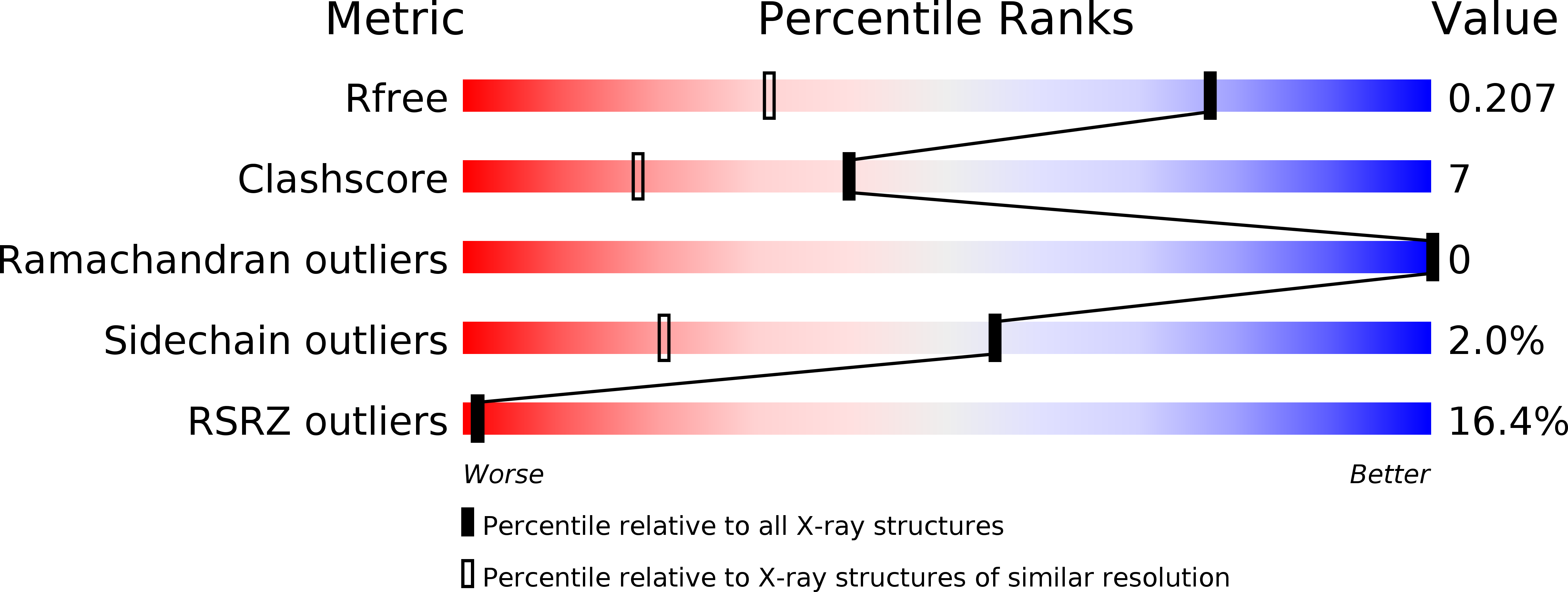
Deposition Date
2011-07-28
Release Date
2011-11-30
Last Version Date
2024-05-08
Method Details:
Experimental Method:
Resolution:
1.45 Å
R-Value Free:
0.19
R-Value Work:
0.16
R-Value Observed:
0.17
Space Group:
P 65 2 2


